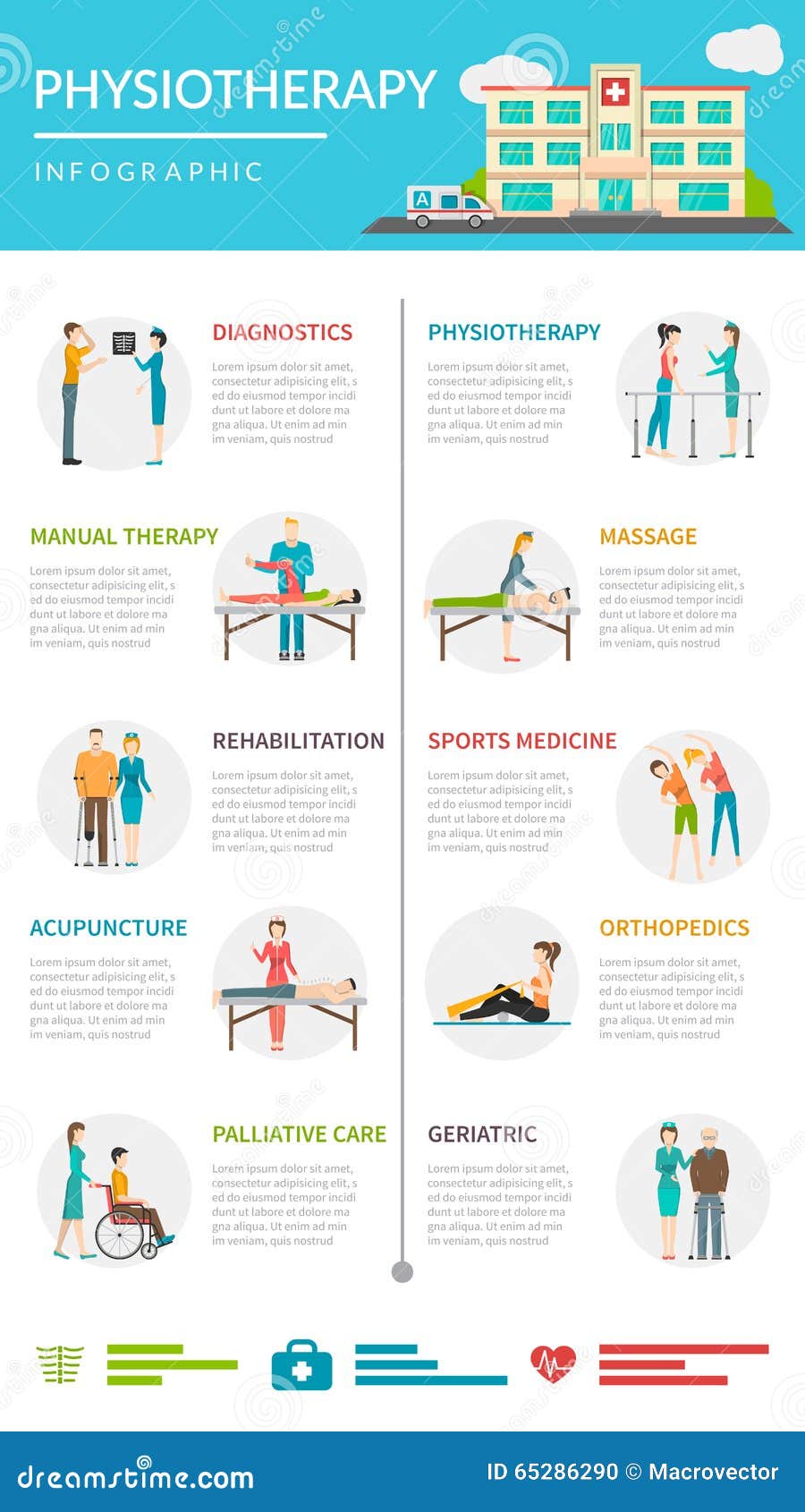Daily Practices That Cause Neck And Back Pain And Strategies For Avoidance
Daily Practices That Cause Neck And Back Pain And Strategies For Avoidance
Blog Article
Web Content By-Briggs Dempsey
Preserving proper stance and preventing usual challenges in day-to-day tasks can considerably affect your back wellness. From just how you sit at your workdesk to exactly how you raise hefty things, small adjustments can make a big difference. Envision a day without the nagging pain in the back that prevents your every step; the remedy might be less complex than you believe. By making a couple of tweaks to your day-to-day practices, you could be on your way to a pain-free presence.
Poor Stance and Sedentary Way Of Life
Poor pose and a sedentary way of living are 2 significant contributors to neck and back pain. When you slouch or hunch over while resting or standing, you put unneeded strain on your back muscles and back. This can cause muscle mass imbalances, stress, and eventually, chronic pain in the back. Additionally, sitting for extended why not check here without breaks or exercise can compromise your back muscle mass and bring about rigidity and pain.
To battle bad pose, make an aware effort to rest and stand up right with your shoulders back and straightened with your ears. Bear in mind to keep your feet level on the ground and avoid crossing your legs for prolonged durations.
Incorporating routine stretching and reinforcing workouts right into your daily regimen can likewise aid boost your position and relieve neck and back pain associated with a less active way of life.
Incorrect Lifting Techniques
Incorrect lifting methods can substantially contribute to pain in the back and injuries. When you raise hefty things, remember to bend your knees and utilize your legs to raise, instead of counting on your back muscle mass. Stay clear of twisting your body while training and keep the object near your body to reduce stress on your back. It's critical to maintain a straight back and avoid rounding your shoulders while lifting to avoid unneeded stress on your back.
Constantly examine the weight of the things prior to raising it. If it's too hefty, request help or usage equipment like a dolly or cart to transport it safely.
Remember to take breaks during lifting tasks to offer your back muscular tissues a possibility to rest and stop overexertion. By implementing mouse click the up coming website lifting techniques, you can protect against back pain and reduce the threat of injuries, ensuring your back remains healthy and balanced and solid for the long-term.
Lack of Normal Exercise and Stretching
A sedentary way of living without regular exercise and stretching can considerably contribute to neck and back pain and pain. When you don't engage in physical activity, your muscles become weak and inflexible, resulting in inadequate pose and boosted pressure on your back. Routine workout aids enhance the muscles that support your spine, boosting stability and lowering the risk of back pain. Including extending into your regimen can additionally improve adaptability, avoiding stiffness and discomfort in your back muscular tissues.
To stay clear of pain in the back brought on by a lack of workout and extending, aim for a minimum of half an hour of modest physical activity most days of the week. Consist of exercises that target your core muscular tissues, as a strong core can assist ease pressure on your back.
Additionally, take breaks to extend and relocate throughout the day, especially if you have a workdesk work. Straightforward stretches like touching your toes or doing shoulder rolls can assist soothe stress and protect against neck and back pain. Focusing on normal exercise and extending can go a long way in maintaining a healthy back and reducing pain.
Conclusion
So, remember to sit up straight, lift with your legs, and stay active to avoid back pain. By making basic changes to your day-to-day practices, you can prevent the pain and restrictions that feature back pain. Take care of your spine and muscle mass by exercising great position, appropriate lifting methods, and regular workout. Your back will certainly thank you for it!
